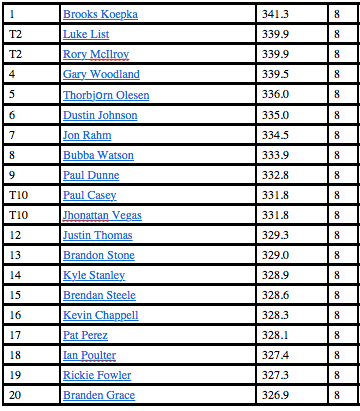WSJ On The Year Of The Golf (Equipment) Free Agency
/This is a nice big picture consideration by Brian Costa of the Wall Street Journal following up on post-Nike trend of players playing mixed bags either by force due to the Swoosh's equipment business demise, or going that route as club companies devote more resources to stars. (Thanks reader John).
My ShackHouse colleague Joe House has noted on the show how the first three major winners this year are playing a mixture of clubs in looking for a wagering angle headed here to Bellerive, something Costa looks into and considers whether it's a trend. With purses rising and checks from companies flatlining or shrinking, the answer appears to be yes.
The math has also changed. Purse money continues to hit record highs each year, extending a boom that dates to the debut of Tiger Woods and survived his absence in recent years. At the same time, the market for equipment deals has cooled.
Agents and officials from the manufacturers say that a handful of star players—think Tiger Woods, Rory McIlroy and Dustin Johnson —still earn several million dollars annually on such deals. But the offers for most other players have dropped substantially. A midlevel Tour player who made $500,000 a decade ago might make $250,000 now.























